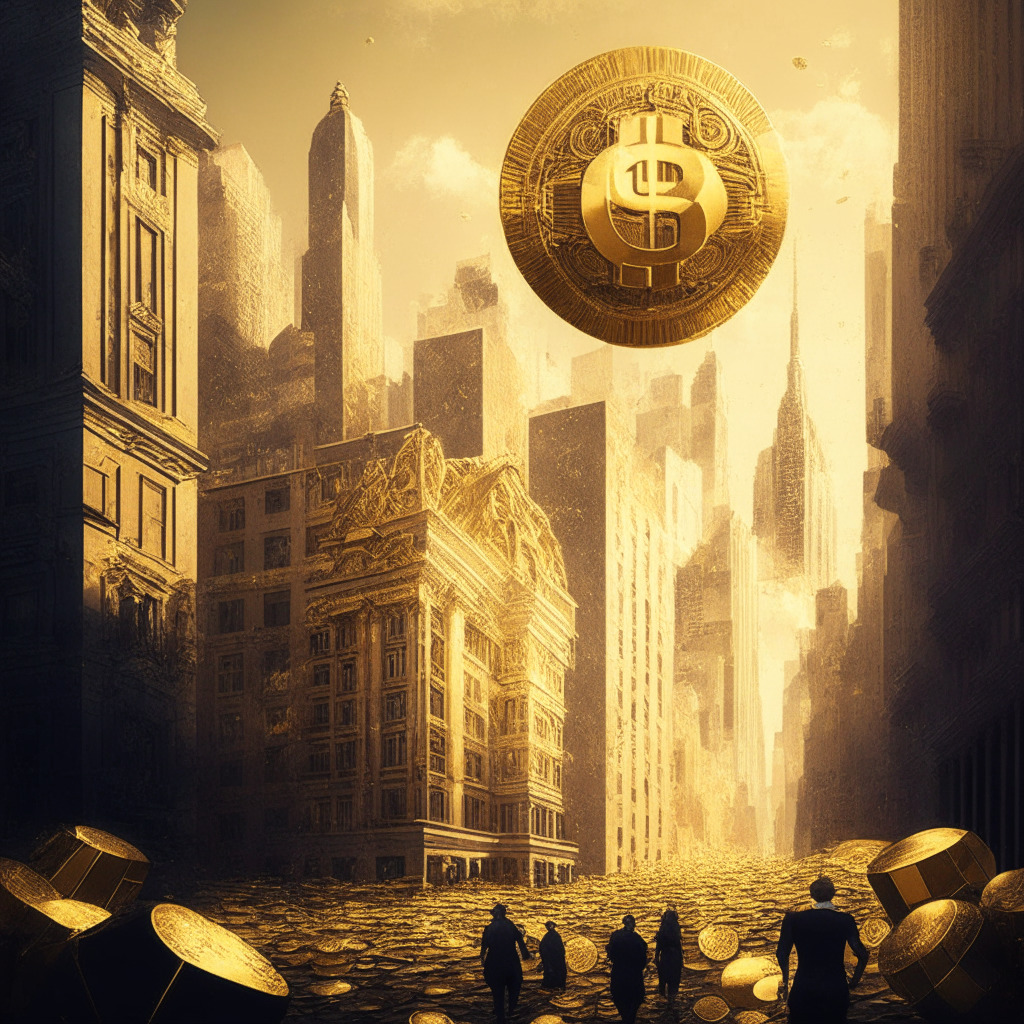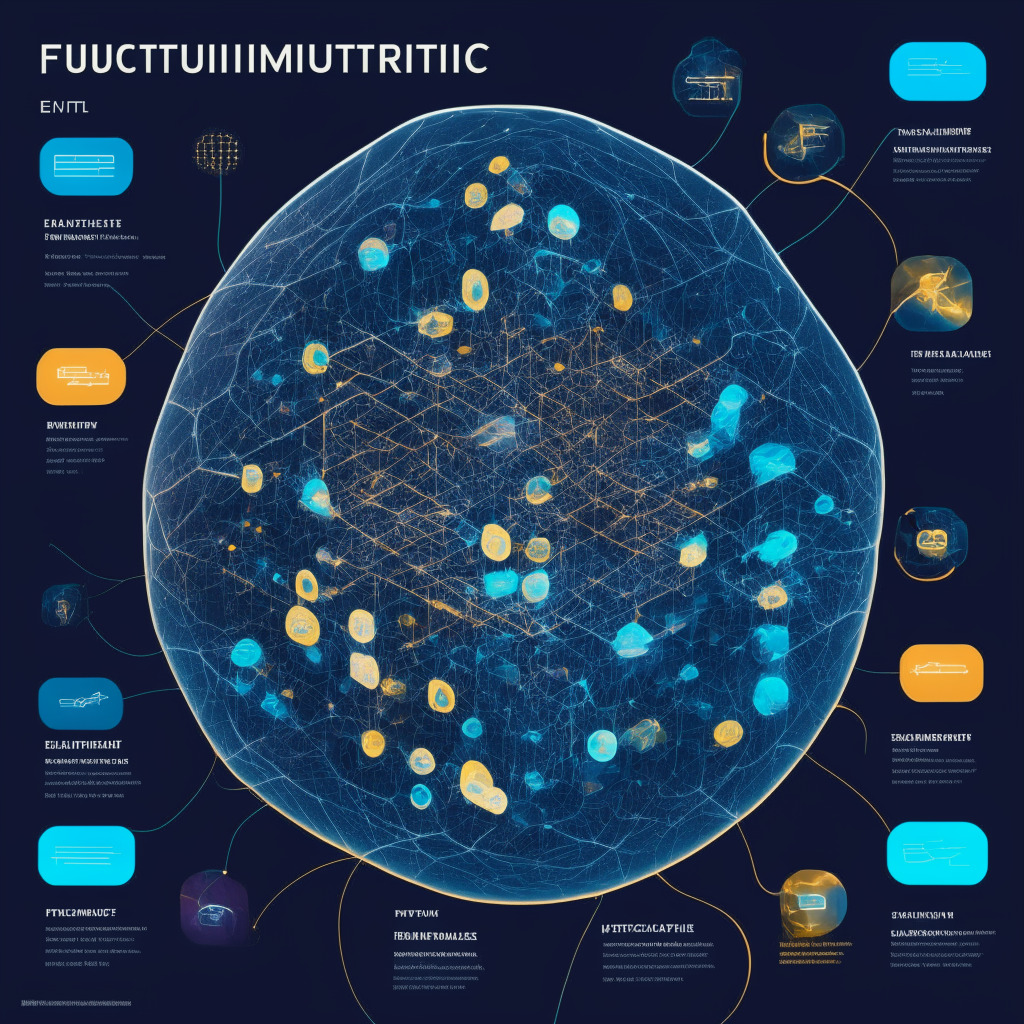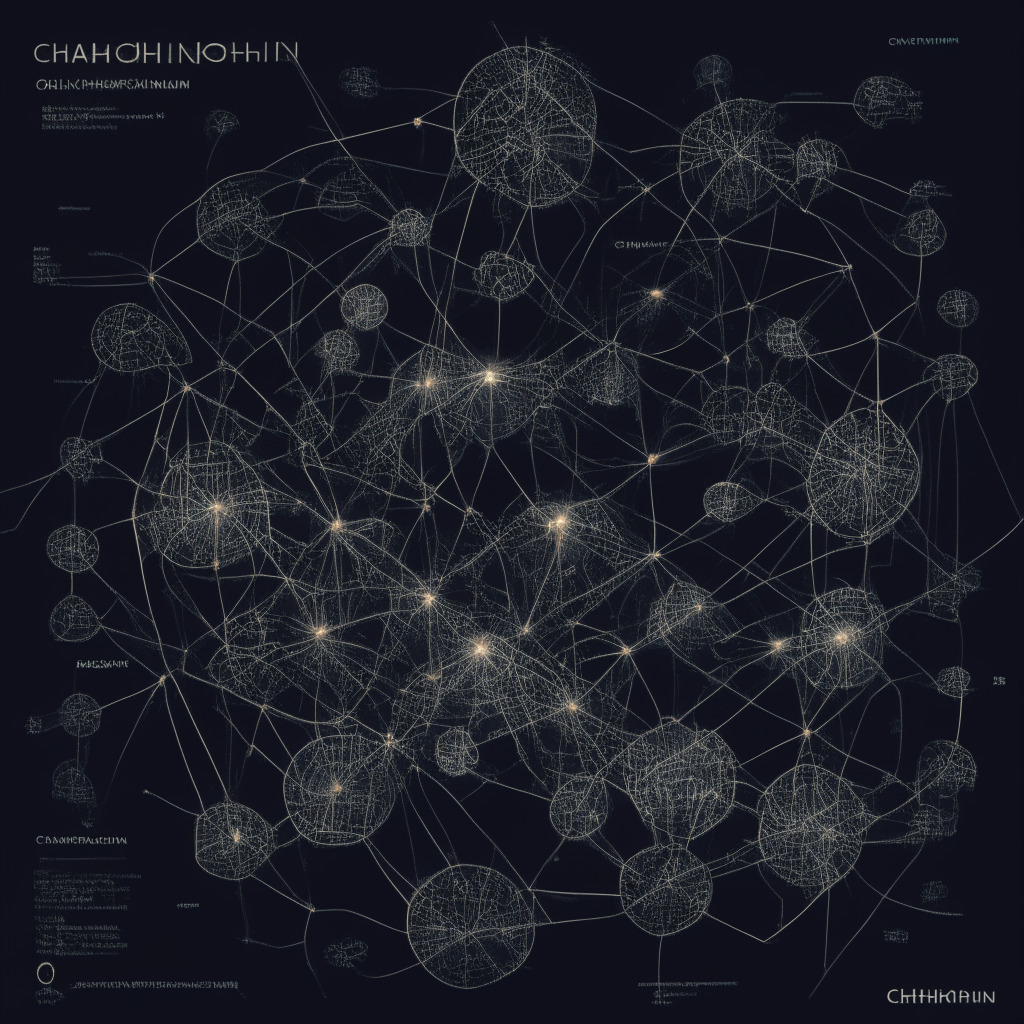In an age where inflation is escalating and national currencies are depreciating, the allure of gold as a tangible asset grows stronger. Notably, Paolo Ardoino, the CTO of both Tether and Bitfinex, highlighted that 30% of all USD in circulation was printed in the past three years, amplifying the appeal of gold in central banks’ portfolios. Countries like Turkey and Argentina, grappling with severe currency devaluations, are also seeking security in gold.
Concurrently, digital gold, represented by Bitcoin (BTC), captures the attention of crypto enthusiasts. Both gold and Bitcoin are scarce, hard-to-extract assets, making them attractive safe havens. While central banks have a long history of using gold as a reserve asset, Bitcoin remains less understood and harder for institutions to integrate. As a result, many central banks opt to buy gold for their portfolios.
Asia, particularly China and India, dominates the gold market, with these countries being the largest gold buyers. Ardoino expressed his enthusiasm for the strong connection between gold and digital gold. However, he acknowledges that Bitcoin requires a currency to trade against. Hence, he opines that selling Bitcoin for gold is better than selling it for dollars.
As several countries are seeking alternatives to the US dollar for settling transactions, a shift toward digital gold is brewing. Physical gold poses challenges in movement and usage in transactions, making digital gold a more practical option. To capitalize on this trend, Tether has developed a model for digital gold, aptly named Tether Gold, that aims to serve international trade. They initially targeted the crypto industry since this sector grasps Tether Gold’s purpose best.
Tether Gold is designed to play a pivotal role in decentralized finance (DeFi), reducing dependency on USD in lending and borrowing. Ardoino posits that gold could possibly be a superior DeFi asset compared to fiat currency. Although Tether Gold is not intended to compete with Bitcoin, it does signal potential competition with dollars.
Security measures and regulatory hurdles form a significant part of Tether Gold’s development. Ensuring that the physical gold, which underpins the digital tokens, is stored in the world’s safest location is crucial. Ardoino suggested Switzerland as the ideal “agnostic” nation for this purpose. Moreover, comprehensive audits of the gold, including measuring parameters such as density, are deemed essential. Additionally, Tether is collaborating with global regulators to secure licenses and expand its operations.
As the fusion of traditional assets like gold with blockchain technology gains momentum, the potential for a new frontier in fintech and crypto emerges. As Tether pioneers this innovative landscape, the world observes, prepared to witness the uncharted territories of digital gold.
Source: Cryptonews




